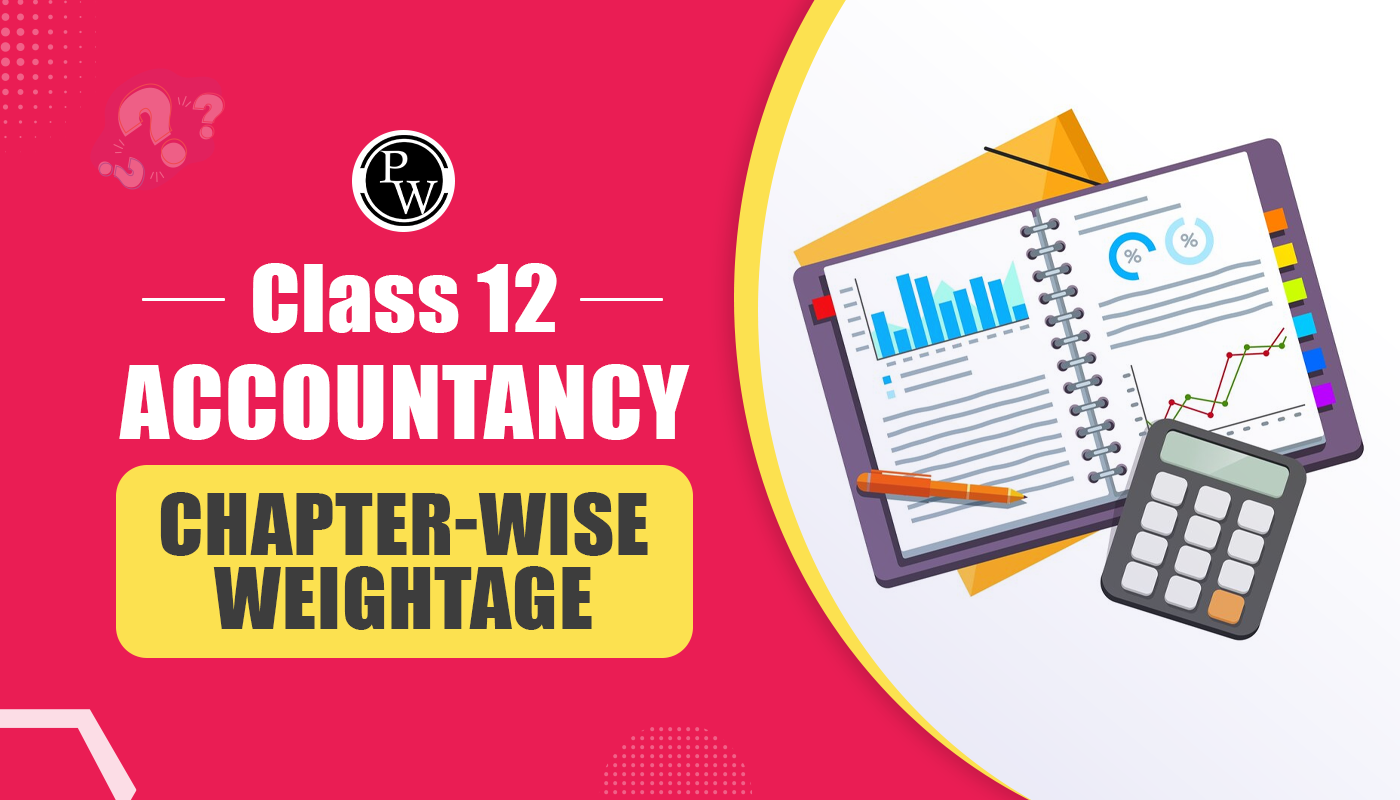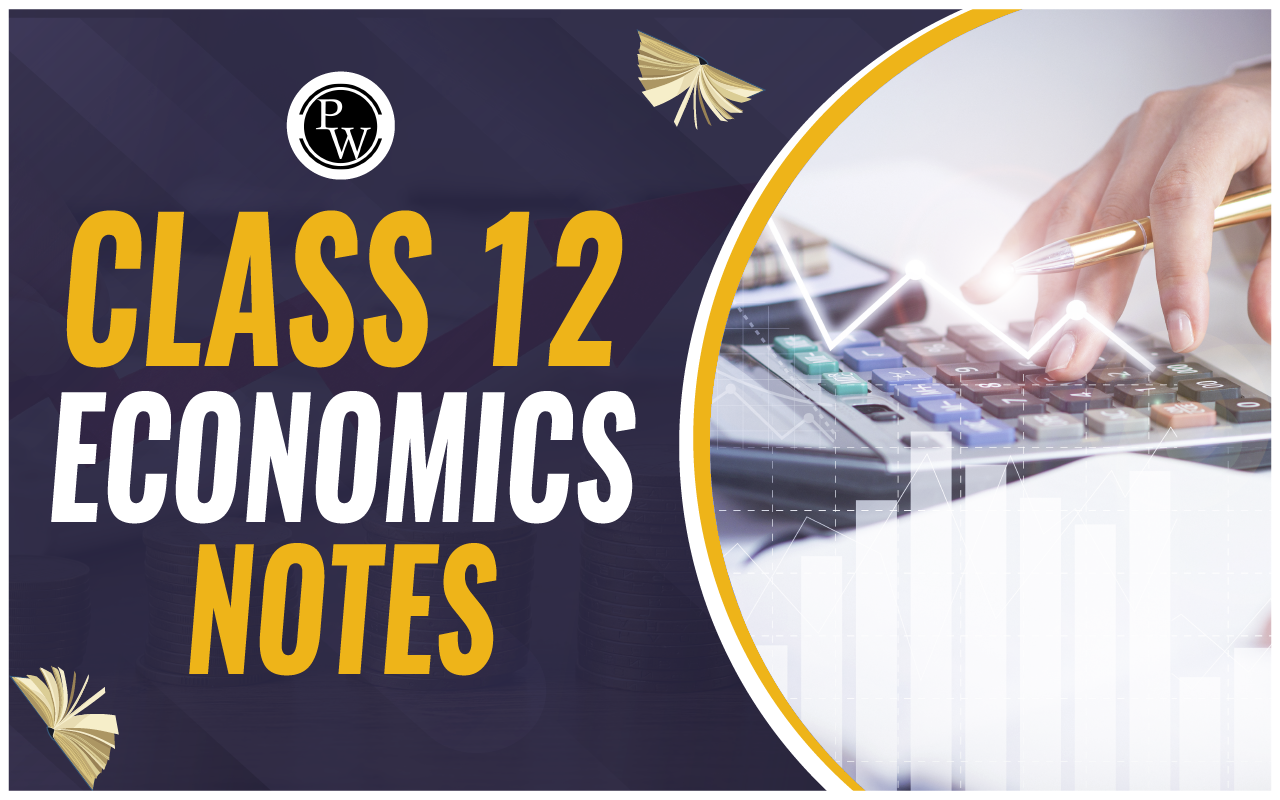
Understanding the Basic Concepts of Accountancy Class 11 is crucial for students stepping into the world of commerce. Class 11 lays the foundation for all higher-level accounting studies and career pursuits in finance and business. In this article, we will explore the Basic Concepts of Accountancy Class 11 in detail, enriched with practical examples and real-life applications to strengthen your grasp of this essential subject.
What is Accountancy?
Accountancy refers to the systematic process of identifying, recording, classifying, summarising, and interpreting financial information. The primary objective of accountancy is to ascertain the financial results of a business and its financial position.
Also Check:
Importance of Understanding Basic Concepts
The Basic Concepts of Accountancy Class 11 serve as the building blocks for more advanced topics. A clear understanding of these concepts helps students:
- Develop logical thinking and analytical skills
- Record financial transactions accurately
- Prepare financial statements
- Interpret and analyze financial data
Key Basic Concepts of Accountancy Class 11
Below we’ve mentioned some basic concepts of accounting class 11:
1. Business Entity Concept
According to this concept, the business is treated as a separate entity from its owner. All transactions are recorded from the business’s perspective, not the owner's.
Example: If the owner invests Rs. 1,00,000 in the business, it is treated as a liability of the business and recorded as capital.
2. Money Measurement Concept
Only those transactions that can be measured in monetary terms are recorded in the books of account.
Example: Quality of employees or brand reputation is not recorded in the books, but a purchase of machinery worth Rs. 50,000 is recorded.
3. Going Concern Concept
This concept assumes that a business will continue to operate for an indefinite period unless there is evidence to the contrary.
Example: While purchasing a building, depreciation is charged assuming the business will use it for many years.
4. Accounting Period Concept
This concept divides the life of a business into smaller time periods for reporting purposes, typically a financial year.
Example: If a company follows an April–March accounting period, it will prepare financial statements for that duration.
5. Cost Concept
Assets are recorded in the books at their original purchase price and not at their current market value.
Example: If land was bought for Rs. 10 lakhs five years ago, it will still appear in the books at Rs. 10 lakhs, not its current value of Rs. 25 lakhs.
6. Dual Aspect Concept
This is the core of accountancy and states that every transaction has two aspects – debit and credit.
Example: If a business buys furniture worth Rs. 20,000 in cash, furniture (asset) increases and cash (asset) decreases.
7. Matching Concept
Expenses incurred in an accounting period should be matched with the revenues of the same period.
Example: If a company earned Rs. 5,00,000 revenue and incurred Rs. 3,00,000 in expenses during the year, the profit is Rs. 2,00,000.
8. Accrual Concept
Revenues and expenses are recorded when they are earned or incurred, not when cash is received or paid.
Example: If rent of Rs. 10,000 is due in March but paid in April, it should still be recorded in March’s accounts.
9. Realisation Concept
Revenue is recognized when it is earned, irrespective of when it is received.
Example: Goods sold on credit in January are recorded as sales in January, even if the payment is received in March.
10. Conservatism Concept
This concept advises that one should not anticipate profits but should provide for all possible losses.
Example: If there is a possibility of a debtor not paying Rs. 5,000, it should be treated as a bad debt.
Why Students Must Focus on Basic Concepts?
The Basic Concepts of Accountancy Class 11 are not just theoretical ideas but practical guidelines that influence how real-world businesses maintain their accounts. Whether you're planning to pursue Chartered Accountancy, B.Com, or any financial career, these principles are indispensable.
Practical Examples Reinforcing Basic Concepts of Accountancy Class 11
Below, we’ve mentioned some examples for a better understanding of the basic concepts of accounting class 11
Example: 1 Entity Concept in Action
Scenario: Mr. Ajay starts a business with ₹1,00,000.
Business Books: Capital A/c (Credit) ₹1,00,000; Cash A/c (Debit) ₹1,00,000.
Personal Expense: If Ajay withdraws ₹10,000 for personal use, it is recorded as drawings (reduction in capital).
Example: 2 Dual Aspect Concept
Scenario: A company buys furniture for ₹20,000 on credit.
Debit: Furniture A/c (Asset increases)
Credit: Creditors A/c (Liability increases)
Example 3: Matching Concept
Scenario: A company earns ₹50,000 in sales and incurs ₹30,000 in expenses.
-
Both revenue and expenses are recorded in the same period to determine accurate profit (₹20,000).
Tips to Master Basic Concepts
- Understand the logic behind each concept rather than rote learning.
- Use real-life examples from businesses around you.
- Practice problems and case studies to reinforce understanding.
- Revise regularly and discuss concepts with peers or teachers.
The Basic Concepts of Accounting Class 11 includes principles like the business entity concept, money measurement, going concern, cost concept, and more. Mastering these ensures a smooth academic journey in commerce and a strong foundation for future careers in finance, business management, and accountancy.
Understanding and applying the Basic Concepts of Accounting Class 11 helps in grasping the true essence of financial reporting and compliance. These principles not only guide the recording and analysis of financial data but also ensure consistency, reliability, and transparency in business practices.
By consistently applying these tenets, students can build a firm base for their future studies and professional endeavors in commerce. The journey of accountancy starts here, and a good start begins with mastering the Basic Concepts of Accounting Class 11.
Join PW Commerce Online Course and unlock your potential with quality education and dedicated learning support.
Basic Concepts of Accountancy Class 11 FAQs
What is the accrual concept of accounting in Class 11?
What are the basic principles of accounting in Class 11?
What is meant by accounting basic concepts?
How do you explain the basic concepts of accounting?










